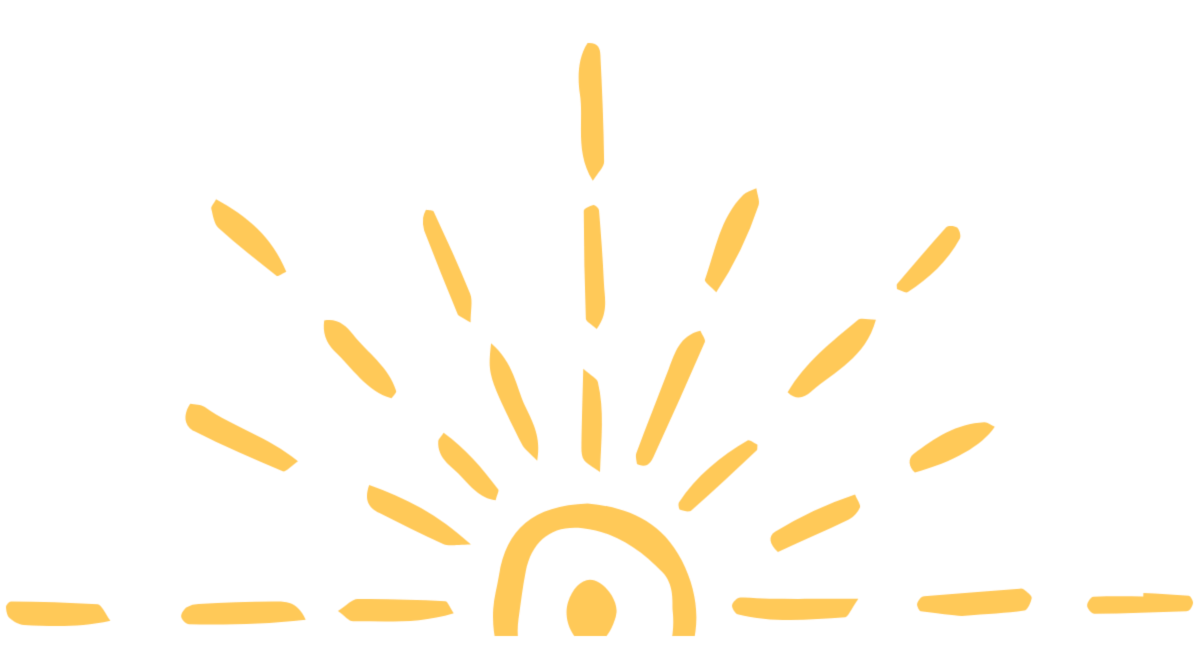Neurological Pathways Are Like Bush Walking Tracks

The brain is an amazing thing! The more we understand how it works, the better we can serve our kids' with their learning.
Just for a minute, imagine the brain as a vast area of bushland.
Just like a bushland area it can be overgrown with grass, tangled with trees and thick with bushes. You might also see a few walking tracks for hikers to navigate their way around.
The brain is a little bit like this.
Our learnt knowledge, functions and behaviours are the walkways in the bush. Whether positive or negative, correct or incorrect, everything that we know how to do or are learning to do, has a pathway.
Sometimes these pathways are still quite bushy and overgrown. We might need to effortfully step high to walk over the high grass to get through. Sometimes these pathways are really clear and effortless to walk down. The walkability of the bushland tracks indicate how strong and automatic the knowledge, behaviour or skill is in our brain.
Dyslexia is a neurological condition that makes language difficult to process. For kids with dyslexia, these pathways can twisty, turvy and incorrectly positioned. They can be tricky to navigate! However, with practice and support to creating accurate, clear walkable pathways, learning can become easier, successful and more enjoyable.
Every time we practice a new skill, like spelling or reading, it's like we create a new pathway through the bush. At the start the pathway will still be quite overgrown but over time and with practise, the pathway becomes clear and effortless to walk down, just like the skill or desired behaviour. When a pathway is effortless, we don't have to think about using it anymore because it is automatic. This is the goal of learning. Dyslexic kids, need extra practise to create these clear, easy to navigate pathways. They need to walk down the same path in the bush over and over again until it becomes easy and automatic.
Sometimes dyslexic kids make repetitive mistakes, like mixing up letter/sound relationships. Each time they make the mistake, it's like going down the wrong path in the forest and clearing the wrong path. It can be difficult to undo, but it is totally possible! You can think of this like a bad habit. We just need to break the habit, or create a new pathway and extinct the old one. We can do this by providing valuable support. For example, we can show them the right letter to use or give them helpful mnemonic tools. By doing this, we're helping them grow a new, correct pathway in their brain and over-growing the unhelpful one.
To support dyslexic kids in their learning, we need to create environments that help them. Teachers, parents, and other helpers can give them tools and strategies to make learning easier. When they no longer need the support (i.e. the pathway is strong and automatic) the support will naturally expire. This is why there is no such thing as too much support.
Multisensory learning has been proven to be a very effective way of speeding up the process of creating these pathways. By engaging as many senses as possible in the one learning experience, we know that the brain takes this experience with more impact. It's like taking giant boots down the bush track and flattening the pathway quicker, rather than using our little-kid shoes.
Learning can be challenging for dyslexic kids, but by understanding the bushlands of the neurological pathways in our brains, we can see how practise and support can make a difference. Some kids may need more practice than others, and to recognise this is empowering because we know with the right support they will get there eventually. It just takes support, time and careful selection of which pathway to navigate to make effortless choices.
Stay connected with news and updates!
Join our mailing list to receive the latest news and updates from our team.
Don't worry, your information will not be shared.
We don't spam. We will never sell your information, ever.








